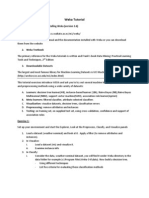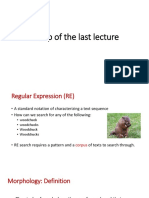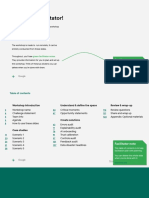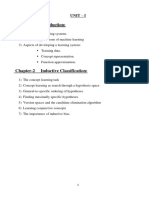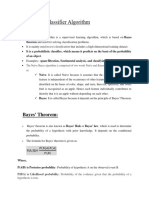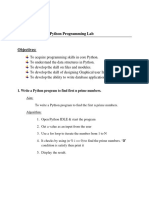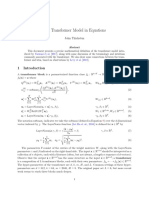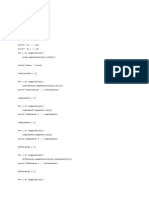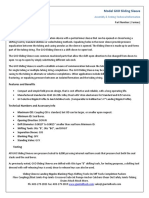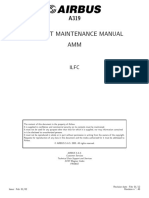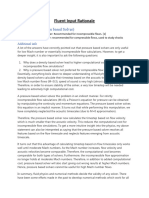0% found this document useful (0 votes)
196 views16 pages1 - All Python Codes + Neo4j Samples
This document contains code to implement the Naive Bayes algorithm and K-nearest neighbors algorithm using Python. It includes code to calculate probabilities of different attributes given a yes/no classification. Additional code implements perceptrons and uses a genetic algorithm to solve the knapsack problem.
Uploaded by
Sadaf FarooqCopyright
© © All Rights Reserved
We take content rights seriously. If you suspect this is your content, claim it here.
Available Formats
Download as DOCX, PDF, TXT or read online on Scribd
0% found this document useful (0 votes)
196 views16 pages1 - All Python Codes + Neo4j Samples
This document contains code to implement the Naive Bayes algorithm and K-nearest neighbors algorithm using Python. It includes code to calculate probabilities of different attributes given a yes/no classification. Additional code implements perceptrons and uses a genetic algorithm to solve the knapsack problem.
Uploaded by
Sadaf FarooqCopyright
© © All Rights Reserved
We take content rights seriously. If you suspect this is your content, claim it here.
Available Formats
Download as DOCX, PDF, TXT or read online on Scribd
/ 16

























